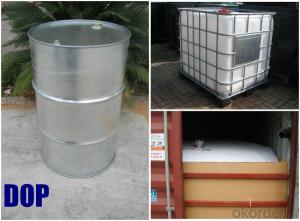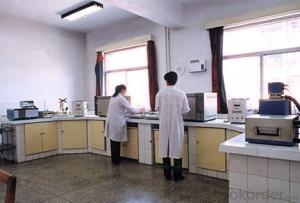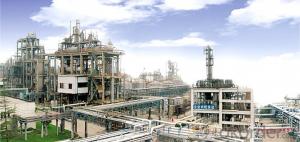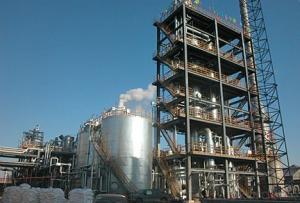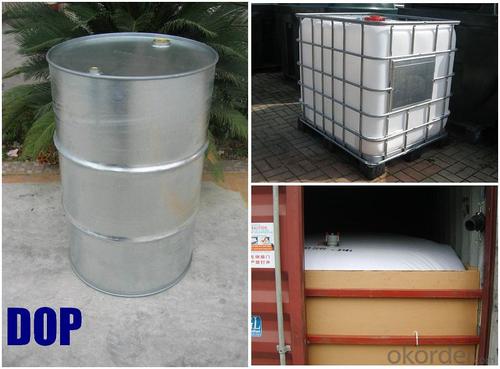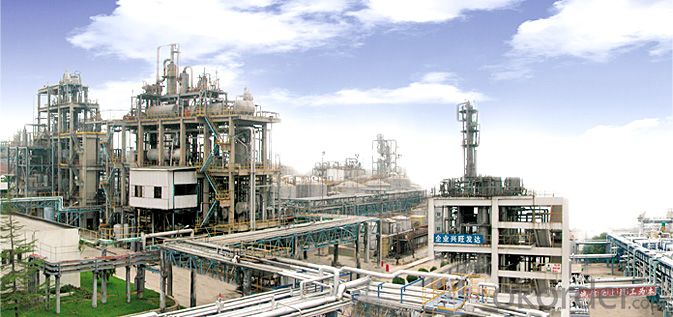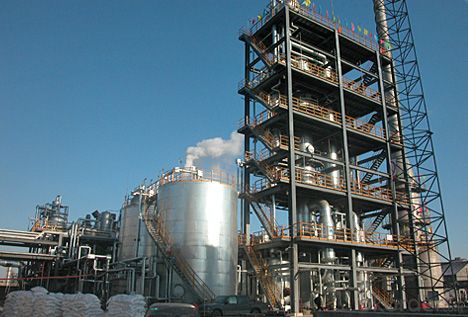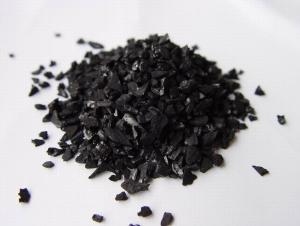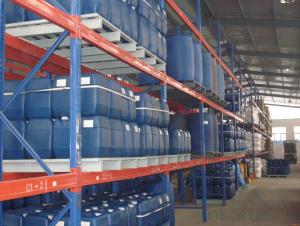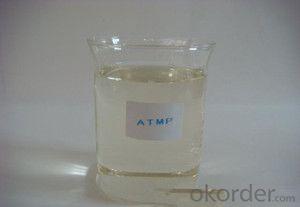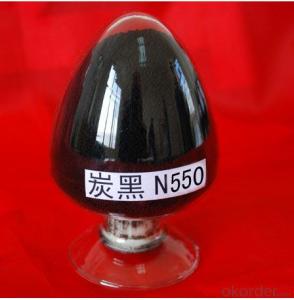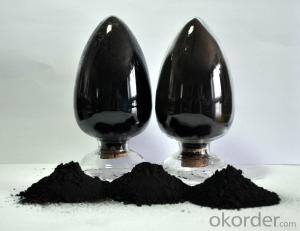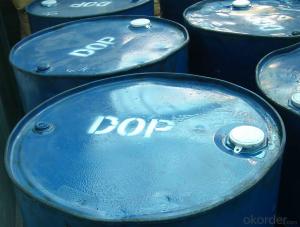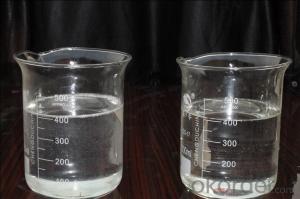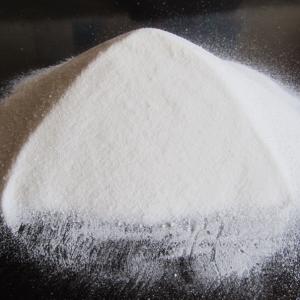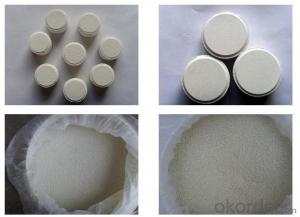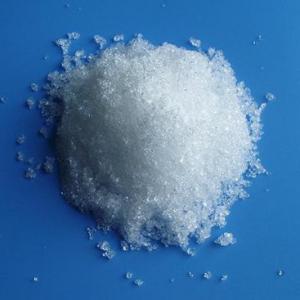C24H38O4 DOP Dioctyl Phthalate DOP oil 99% 99.5%
- Loading Port:
- Tianjin
- Payment Terms:
- TT OR LC
- Min Order Qty:
- 20 m.t.
- Supply Capability:
- 8000 m.t./month
OKorder Service Pledge
OKorder Financial Service
You Might Also Like
DOP
Molecular Formular : C24H38O4
Molecular weight : 390.57
CAS No.:117-81-7
H.S Code : 2917.3200.00
EINECS No.: 204-211-0
Characteristics : Colorless transparent oily liquid, slight odor.
Processing : Injection Moulding
Application : It is one of the most extensively used plasticizers in plastics processing. It has comprehensive properties, such as high plasticizing efficiency, low volatility, UV-resisting property, water-extracting proof, cold-resisting property, and also good softness and electric property. As a fine main plasticizer, it is extensively used in processing polyvinyl choride and ethylcellulose resins to produce plastic film, imitation leather, electric wire, cable wearer, sheet, planet, mould plastic products and. Used in nitrocellulose paints, it can make the ethylcellu lose more elastic and more strong in extracting tension. It can be used as a softening agent of synthetic rubber, such as to make the product easier to rebound and harder to undergo form change under pressure, without affecting of the plastics.
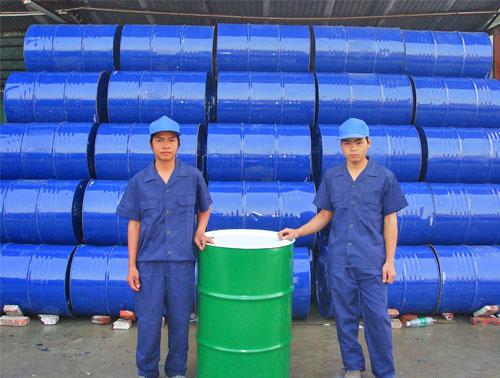

Specifications :
Quality Index | |||
Item | Value | ||
Super Grade | First Grade | Qualified Grade | |
Appearance | Oily liquid | ||
Color(APHA) ≤ | 30 | 40 | 120 |
PurityAs Ester% ≥ | 99.5 | 99.0 | 99.0 |
Acidity (benzene dicarbonic acid)g/cm | 0.01 | 0.015 | 0.03 |
Loss on dry (125oC3hr)%≤ | 0.2 | 0.3 | 0.5 |
Flash point(open)oC ≥ | 195 | 192 | 190 |
Density20,g/cm3 | 0.982-0.988 | ||
Volume Resistivity ΩM ≥ | 1.5×1011 | ||
Heat decrement % ≤ | 0.2 | 0.3 | 0.5 |
Water content,% ≤ | 0.1 | 0.15 | 0.15 |
Package and Storage :
Packed in 200KG/Galvanized Iron Drum or 1000kg/ISO TANK or flexibag container
Stored at dry,shady,ventilated place. Prevented from collision and sunrays,rain-attack during handling and shipping. Met the high hot and clear fire or contact the oxidizing agent,caused the burning danger.
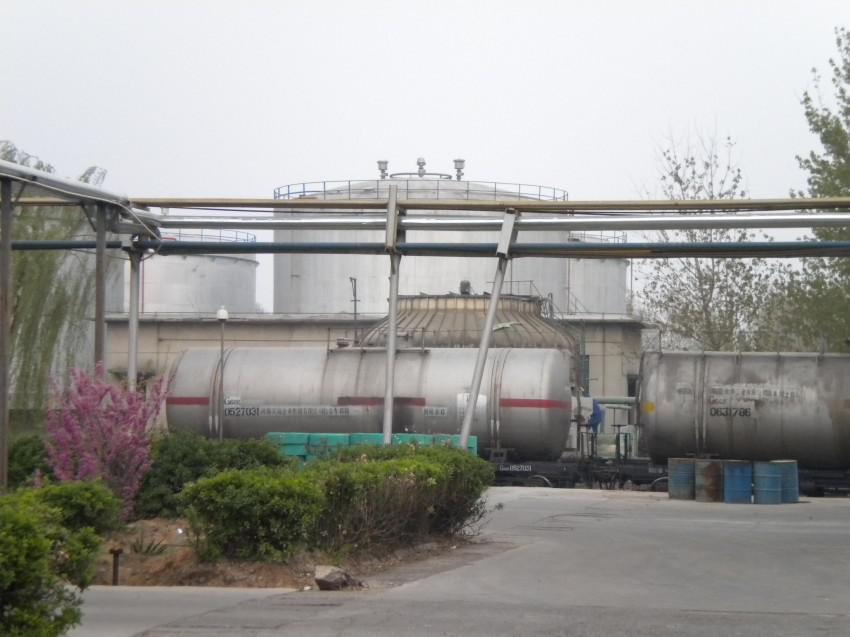
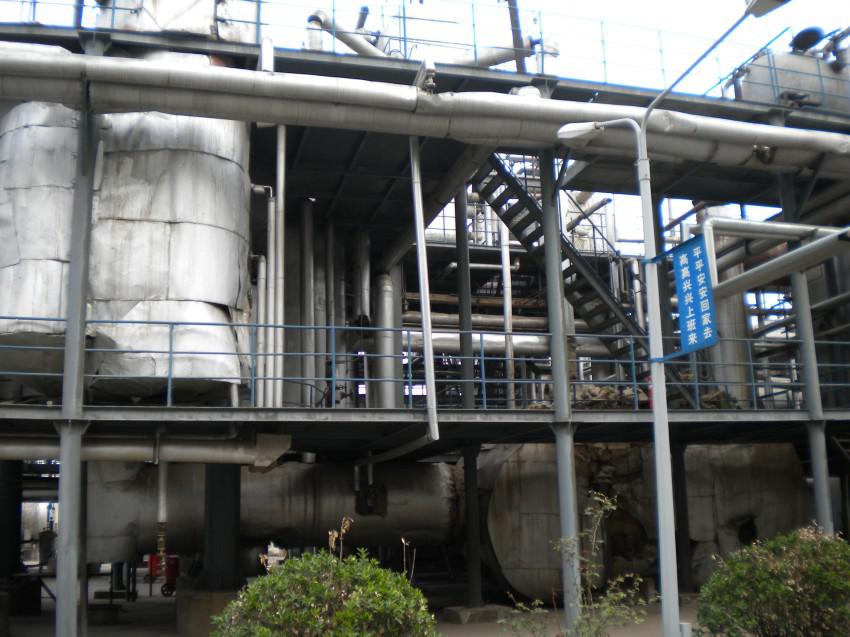
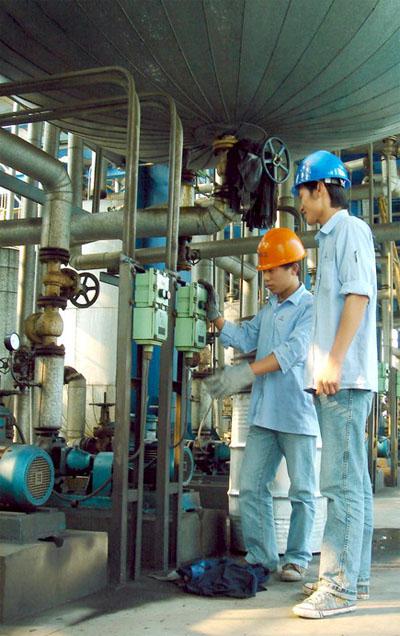

- Q: Is the catalyst used in the starch phosphate reaction
- (Cat1, cat2, cat4 and cat5) in the presence of terephthalic acid,
- Q: Like biological and industrial reations. Thanks.
- Reactions that have high Activation Energy need catalysts to speed up reactions. These reactions aren't spontaneous since the reactants do not have enough energy to overcome the activation energy barrier. Catalysts are compounds that speed up reactions by providing an alternative pathway for the reaction. It is a common misconception that catalysts lower the activation energy. It doesn't actually lower the activation energy, instead it provides an alternative pathway with lower activation energy. For example, breakdown of hydrogen peroxide happens in nature but, relatively slowly. When you add a little bit of manganese dioxide, the breakdown happens a lot faster. Another example is, breakdown of glucose in the body. It is facilitated by an enzyme called amylase (or carbohydrase). An industrial example is the use of vanadium pentoxide (V2O5) in the Contact process, where SO2 is converted to SO3 in the presence of V2O5. Hope that helps!
- Q: What about the chemical reaction of the catalyst if there is no catalyst?
- The phenomenon of accelerating or slowing the rate of chemical reactions due to the intervention of the catalyst is called catalysis. In the catalytic reaction, the catalyst reacts with the reactants to change the reaction pathway, thereby reducing the activation energy of the reaction, which is the reason why the catalyst can improve the reaction rate.
- Q: I opened catalyst control center to see what its was, i didn't change anything and now when i full screen a youtube and hulu the screen will be black and the loading bar at the bottom will be stuck. I also noticed that now when i play minecraft all the blocks have a black out line i cant get rid of. I tried deleting my .minecraft and that didn't fix it.
- Catalyst control center? You, my friend, have a Radeon graphics card. What's happening is that somewhere you have Anti-Aliasing turned on. Go back into your catalyst control center and anywhere where there is an option to 'use application settings'- select it. It's supposed to improve your graphics quality, but there are a lot of bugs with it on a whole bunch of applications and games- including Minecraft. Oh, and as for the youtube thing- alt+tab should show you where your video has disappeared to. Yes, I know- it's bloody weird, but flash is buggy as heck, and Radeon graphics cards are weird; I should know- I have one too! That should do the trick! If it doesn't work then there's likely an extra option somewhere that you haven't ticked to 'use application settings'.
- Q: What is the difference between biological and chemical catalysts?
- Biological catalyst: 1. Biological catalysts or enzymes are high molecular weight globular proteins. 2.Their composition may change at the end of reaction. 3.Their catalyzing effect is very high. i.e faster than chemical catalyst. 4.They are reaction specific. i.e One enzyme or biological catalyst may catalyze only particular type of reaction and not many. 5.They are intolerant to temperature and pH changes. An enzyme can not function outside its temperature or pH range. e.g amylase,lipase,pepsin Chemical catalyst: 1.Chemical catalysts are simple inorganic molecules with low molecular weight. 2.They remain unchanged at the end of reaction. 3.They are slower compared to enzymes. 4.They are not reaction specific. 5.They function within wide range of temperatures,pH or pressure. e.g vanadium dioxide, platinum
- Q: A substance involved in chemical reflection, but reflects the quality of the material before and after the change, you say it is a catalyst?
- The role of the catalyst is to change the reaction rate of the chemical reaction, which itself does not participate in the reaction! The
- Q: Why extract the genome, the digestion is always not cut
- The specificity of enzymes is very strict, those compounds that are considered symmetric in organic chemistry such as glycerol, ethanol, citric acid, etc., are asymmetric (even with the same groups) when they are used as substrates for enzymes, That is, their location in space, after all, different (available "three-point landing" theory explained, 1948 Oqston proposed).
- Q: hey people i need your help about my science lab report...the question on my paper says "what function the catalyst?....please help me on this one...i would really appreciate if you leave me answers....much mahalos to all you folkss...thanks
- A catalyst is a substance used to change the rate of a reaction. If it increases, it is posititve catalyst . Decreases means negative catalyst. If the reactants and catalyst are in same phase, it is homogenous catalysis, otherwise heterogenous. Any reaction to occur, the reactants have to combine to form an intermediate compound and then to product. This requires surpassment of a minimum amout of energy known as Ea- Activation energy. Catalyst decreased the Ea, so that , passing the barrier becomes easy and hence the speeding of the reaction.
- Q: Will the catalyst be able to increase the rate of chemical reactions?
- Not necessarily
- Q: Just something I've always wondered about...
- there are so much catalysts made up of transition metals. because one of the characteristics of transition metals is can be made to catalyst. one of the catalyst that is mostly used is iron fillings which is used as catalyst to make ammonia from nitrogen gas and hydrogen gas.
Send your message to us
C24H38O4 DOP Dioctyl Phthalate DOP oil 99% 99.5%
- Loading Port:
- Tianjin
- Payment Terms:
- TT OR LC
- Min Order Qty:
- 20 m.t.
- Supply Capability:
- 8000 m.t./month
OKorder Service Pledge
OKorder Financial Service
Similar products
Hot products
Hot Searches
Related keywords
